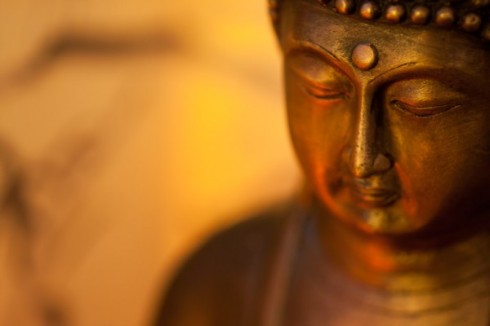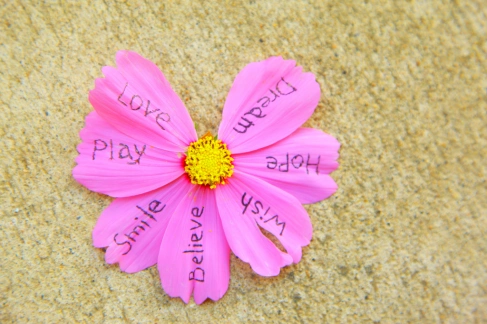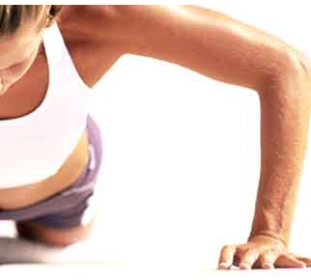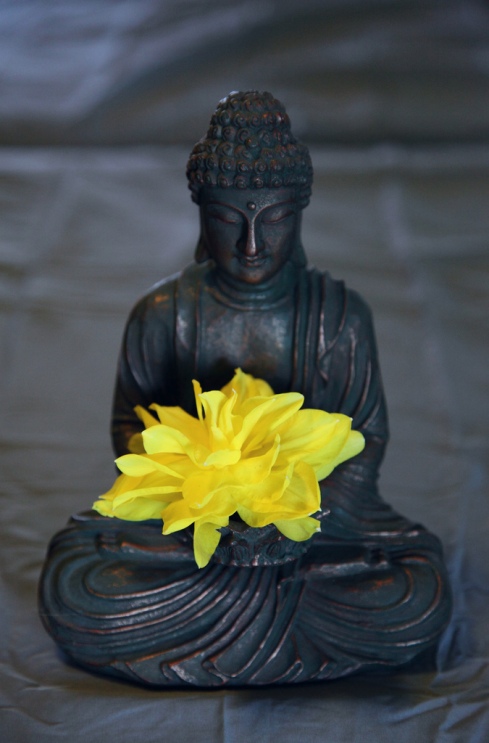I recently had the opportunity to try out three yoga games created by the company Upside Down Games. I have been teaching yoga to kids since 2008 and am always searching for new ways to engage my classes.
First of all, the products are adorable, very well made and nicely thought out. I tried out three of the company’s five yoga games.
I first played the Yoga Card game. We had a lot of fun on our missions to find poses within the deck of 51 cards that fit within certain themes. I love that breathing is made a big focus of the game. I did change the rule to holding the poses for five breaths versus the 10 seconds that was recommended. Though they both take the same amount of time, the kids are more accustomed to counting breaths while holding asanas. I also like that the name of the poses are on the cards both in English and in Sanskrit. The yoga poses are easy to understand visually without any alignment instructions, however, sometimes the more advanced version of a pose is depicted. Unless you have an understanding of yoga and know modifications of the poses, kids might become frustrated if they cannot get into the full pose or push themselves into a pose for which they might not be ready. I would also love added instructions on how to adapt this game for a larger group.
The next game that I played with my whole class was the Yoga Spinner game. In this game each player spins the spinner, and depending upon where the needle falls, picks a colored card and holds the pose, does a partner pose, loses a pose card or takes a pose card. The class really enjoyed this game and we did the poses with the person who’s turn it was to spin to keep everyone moving. With 66 yoga-pose cards, there was plenty to learn and I added many modifications for the kids to try too. I do think that removing the competitive nature of taking someone’s earned card would give the game a more yogic feel.
The last game that I tried with my smaller class of 8 students was Memo Yoga which is a yoga matching game. With 18 pairs of poses, the kids and I took turns flipping over cards—trying to find matching pairs. If you flip two matching cards over, you keep the card after holding the pose for five breaths or 10 seconds. The kids really enjoyed the game. The age minimum of this game is 3 years old, but my older class of 8-11 year old students loved playing and learned a lot while having fun.
All in all, I highly recommend Upside Down Games products. There are many poses that kids will learn while having a blast. My one word of advice is that if you or your fellow game players can’t do the pose exactly as is on the card allow for some modifications as some of the poses are advanced.
Check out the website of Upside Down Games to find these and other wonderful games. http://upsidedowngames.us











